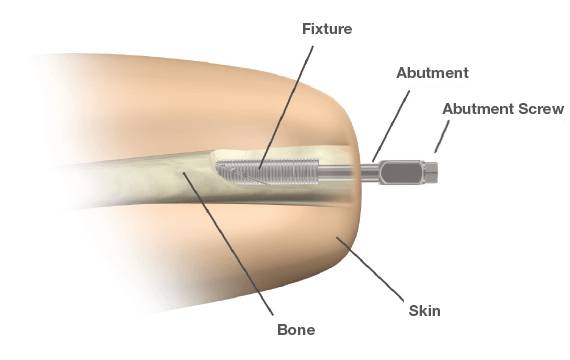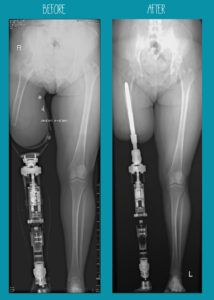Story
Megan is 18 years old who suffers from type two CRPS, Complex Regional Pain Syndrome, in her left leg and was developed shortly after a car crash in october 2014. This causes excruciating pain every second of every day causing megan unable to use crutches and to be wheelchair bond. Because of the physcial pain Megan has decided to go through the process of having her left leg amoutated to help reduce the pain she is constantly in.

CRPS is caused after an injury to nerves which means anyone of any age is able to develop CRPS after an injury as small as a sprain to a limb. CRPS is known as the most painful condtion and shown on the mcgill pain scale at 46.5/50. CRPS currently has no cure and no permanent treatments that work with every CRPS sufferer. CRPS is very hard to diagonise and can take years for a confrimed diagnosis, this is because every person who suffers with CRPS experience different signs and symptoms as well as reacting differently to different treatments no CRPS sufferer have both the same symptoms and reactions to treatments. Every sufferer is differerent! CRPS can spread throughout the body and in some cases cause internal organs to shut down however, sufferers don’t normally get this far due to the alarming suicide rates.
Megan has now decided that an amputation is the only way she is going to get her life back and to feel ‘human’ and to live a pain free life agian. By undergoing the Direct skeletal Prosethic surgeries she will first have her left leg amputated, in the second surgery she will have her stump reshaped and have the surgcial implant inserted into her bone.

Two stage procedure in which a fixture was surgically placed inside the intramedullary rod of the femur and then the skin closed to allow healing. An abutment for use with a prosthesis is later attached through the skin to the fixture. A fail-safe mechanism is used in between the abutment and the prosthetic knee in order to protect the fixture from the risk of failure. This mechanism would break away before the implant in the case of a fall.
With a bone-anchored attachment, you can move more freely but also on a more regular basis, as you will not need to worry about chafing or discomfort. A bone-anchored prosthesis is attached without using a socket, which ensures stability, as well as the rapid attachment of the prosthesis without any need for additional tools. The absence of the prosthetic socket enhances comfort and enables above-knee amputees to e.g. sit more comfortably and also giving patients the ability to cross their legs.Heat, sweating and chafing are all common problems among users of socket prostheses. With the OPRA Implant System, you do not need to think about these problems. - http://integrum.se

This photo shows the differences between a socket joint prosthetic and the improved osseointegration prosthetic.